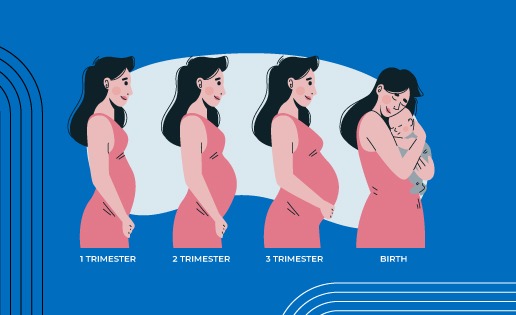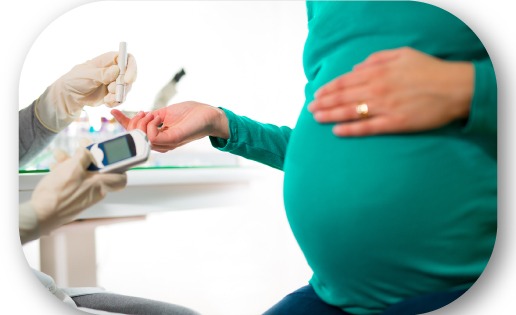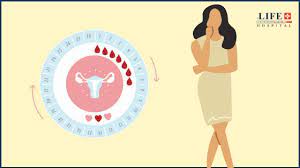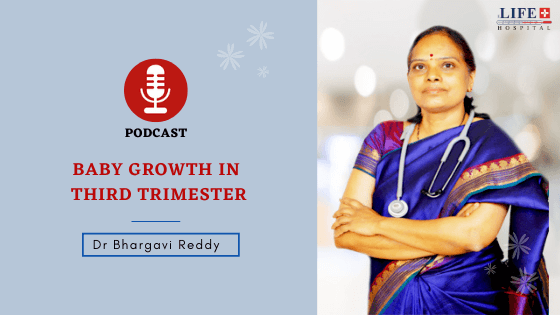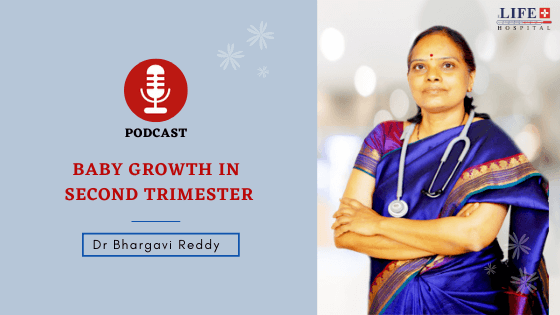Modern and advanced Embryo Freezing treatment
Embryo cryopreservation is the process of freezing and storing the extra embryos.
THE LIFE PLUS HOSPITAL Care is COVID 19 Safe
1. Our Hospital premises are COVID safe
2. Regular sanitization of clinic & hospital premises
3. Immediate medical assistance through Online Consultation
Modern and advanced Embryo Freezing treatment
Embryo cryopreservation is the process of freezing and storing the extra embryos.
THE LIFE PLUS HOSPITAL Care is COVID 19 Safe
- Our Hospital premises are COVID safe
- Regular sanitization of clinic & hospital premises
- Immediate medical assistance through Online Consultation

Embryo Freezing
Embryo freezing at a glance
- Embryo cryopreservation involves the freezing and storage of embryos for use in future in vitro fertilization (IVF) treatments.
- Patients may elect to cryopreserve embryos for many reasons, such as wanting a backup plan to their original IVF procedure if they don’t initially conceive, to attempt pregnancy in the future if they are successful, or to save money on future IVF cycles.
- Embryo cryopreservation is also common for fertility preservation if a man or woman is about to undergo medical treatment that may affect their ability to conceive.
- Research shows that there is no increase in the risk of birth defects among children born from frozen embryos compared with normal births.
Let's Schedule Your Appointment
Treatment

How are embryos frozen and stored?
Reproductive endocrinologists use two methods to freeze embryos: vitrification (flash freezing) and slow programmable freezing. Although the processes differ greatly, each works by cooling embryonic cells with various cryoprotectants (“antifreeze” fluids).
Cells, including those forming embryos, are primarily made of water. The concern with freezing embryos is that ice will form and damage cells when they are eventually thawed. Cryoprotectants are used to safeguard biologic tissue from damage by preventing water from crystalizing during the freezing process.
In the slow-freezing method, lab embryologists place embryos in a special machine that slowly cools them in stages. They then add cryoprotectants and once the embryos are frozen, they are stored in liquid nitrogen at -321 degrees Fahrenheit. The entire process takes about two hours.
Vitrification is a newer, more successful technique that places embryos in a solution containing a much higher concentration of cryoprotectants. Embryos are then immersed in liquid nitrogen, instantly freezing them into a glass-like substance. Using this form of freezing, the embryo is stored before ice crystals have a chance to form, thereby increasing the embryo’s chance of survival and viability after thawing. The laboratory team at Women and Infants Fertility Center exclusively uses vitrification for all new embryo cryopreservation.
Our Doctors
Why The Life Plus Hospital?
 The Life Plus Hospital is COVID-19 safe
The Life Plus Hospital is COVID-19 safe
Your safety is taken care of by thermal screening, social distancing, sanitized clinics, and hospital rooms, sterilized surgical equipment, and mandatory PPE kits during surgery.
 Medical Expertise With Technology
Medical Expertise With Technology
Our Doctors spend a lot of time with you to diagnose your condition. You are assisted in all pre-assisted Hospitalisation process. We offer advanced laser and laparoscopic surgical treatment. Our procedures are USFDA approved.
 Assisted Surgery Experience
Assisted Surgery Experience
A dedicated Medical Coordinator assists you throughout the surgery journey from insurance paperwork, to free commute from home to hospital & back and admission-discharge process at the hospital.
 Post Natal Care
Post Natal Care
We offer free follow-up consultations and instructions including dietary tips as well as exercises to every patient to ensure they have a smooth recovery to their daily routines.
The Life Plus Hospital in Numbers
IVF / ICSI
Surrogacy
IUI
Healthy IVF Babies
Embryo Freezing
With IVF, a woman’s egg cells and a man’s sperm cells are put together in a dish in a special fluid in the laboratory. The new cell that is made when an egg cell and a sperm cell combine is called an embryo. The doctor then transfers the embryo into the woman’s uterus (womb). The embryo implants (attaches) to the wall of the uterus, where it develops and grows into a baby.
As part of the IVF process, the woman is given special drugs that cause her ovaries to release more egg cells than normal. The man also gives a high number of sperm cells. With many egg and sperm cells to work with, several embryos are often made. The doctor will transfer one to four embryos, based mainly on the woman’s age, into her uterus to lower the chances that she will have more than one baby. That means there may be some embryos left over.
What is embryo cryopreservation?
Embryo cryopreservation is the process of freezing and storing the extra embryos. The embryos are then thawed and used at a later time. Embryo cryopreservation is a vital part of most IVF programs.
Why is embryo cryopreservation done?
There are many reasons a man and woman might choose to freeze and store their embryos:
- They may feel it is a better option than having the extra embryos destroyed.
- It can provide another chance to get pregnant if the IVF process fails the first time. The couple will not have to go through IVF again.
- If the man and woman have a baby, they can use the embryos later to have a second baby.
- The woman can save embryos before she begins treatments, such as for cancer, that might reduce or eliminate her chances of getting pregnant.
- The embryos could be saved and given to someone else in a donor program.
- The embryos could be saved and donated for research.
PROCEDURE DETAILS
How is embryo cryopreservation done?
A cell is made up mostly of water. The main concern when freezing embryos is ice forming in and between the cells. Ice crystals can hurt the cell wall, and can harm the small structures inside the cell.
The embryo must be protected during the freezing process. This is done using special fluids called cryoprotective agents (CPAs). CPAs are like “anti-freeze” for cells.
Doctors use two different methods to freeze and preserve embryos: slow programmable freezing and vitrification.
In the slow freezing method, the embryos are frozen slowly, in stages. The CPAs are added to the embryos in increasing strengths over 10 to 20 minutes. Then the embryos are slowly cooled over two hours in a machine that lowers the temperature minute by minute. Once frozen, the embryos are stored in liquid nitrogen at -321° Fahrenheit (-196.1° Celsius).
Vitrification is a rapid freezing technique that uses much higher strengths of CPAs. With this method, the doctor first mixes the CPAs with the embryos. CPAs that are very strong can also hurt the cell. To prevent this, the embryos are quickly placed into the liquid nitrogen. This process changes them into an almost solid state, like glass. In this state, ice is unable to form.
When needed, the embryos are slowly thawed. They are soaked in special fluids to remove the CPAs. This also restores the cell’s normal water balance.
When is embryo cryopreservation done?
Embryos are often frozen from one to six days after they are made.
How long can embryos be stored?
Once they are frozen, the embryos are stored in sealed liquid nitrogen freezers. Embryos can be frozen in liquid nitrogen for many years. It is not known how long embryos can be frozen safely and still be useful. Some countries have set time limits on how long embryos can be stored.
RISKS / BENEFITS
How safe is embryo cryopreservation?
Research has shown that freezing and thawing embryos does not harm the baby. Children born from frozen embryos have no greater rate of birth defects or health problems than children born from embryos that were not frozen.
RECOVERY AND OUTLOOK
Does embryo cryopreservation work?
Many healthy babies have been born from embryos that were frozen and thawed. Some babies have been born from embryos frozen for more than 10 years. IVF programs with good cryopreservation techniques have the same pregnancy rates with fresh and frozen embryos.
How much does it cost?
Embryo Freezing (Vitrification) : INR 35,000
Annual Maintenance Charges: 7000 per year from the second year
Frozen Embryo Transfer: INR 40,000 Per cycle
Includes:
- Procedural Charges (Thawing, Embryo Transfer)
- Media and Consumables
Excludes:
- Medicines
- Scans
Overnight Culture: INR 10,000 extra
Get in Touch
Tell us about your problems and we’ll figure out the best treatment option for you.
Life Plus hospital
Women and Child Care Hospital in Indiranagar | LifePlus Hospital
At Life plus hospital, we offer a comprehensive range of women’s health services. The Department is managed by highly experienced lady gynecological doctors who offer specialized attention and compassionate care for women
Let's Schedule Your Appointment
IUI & IVF Success Story
https://youtu.be/3sBjEYtzV2Y
Embryo Freezing Faq's
A frozen embryo transfer (FET) is a cycle in which the frozen embryos from a previous fresh IVF or donor egg cycle are thawed and then transferred back into the woman’s uterus.
Frozen embryos remain viable well over 10 years or more after the initial freeze. You may choose to do an FET cycle following an unsuccessful fresh IVF cycle, as your initial transfer after freezing all of your embryos or you are returning after a successful fresh IVF cycle ready to expand your family.
In addition to the lower cost, benefits to a FET cycle include:
Less Medication
- Instead of stimulation medication, patients use estrogen and progesterone to thicken the lining of their uterus in preparation for the embryo transfer to allow implantation. Since the stimulation phase was done in a prior cycle, there is also no egg retrieval requiring anesthesia.
Less Stress
- FET cycles are often less stressful than fresh cycles because factors like stimulation response, egg development, and embryo growth were considered during the fresh cycle. Shady Grove Fertility only freezes high-quality blastocyst-stage embryos giving patients a significant chance of success with a FET cycle. Cycles are also more predictable with fewer
Patients who no longer wish to store their frozen embryos have several options. Frozen embryos may be discarded as medical waste. They may be donated for research studies, in which case they are thawed, studied scientifically, and then discarded after a few days. Typical research topics include new techniques for freezing or thawing embryos, new ways of growing embryos in the laboratory, or understanding genetic composition of the embryos. The third option is that embryos may also be donated to another person or couple.












